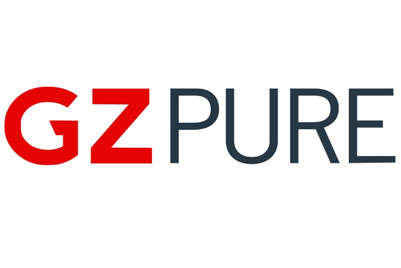
Imagine a customer booking a weekend getaway at a highly rated hotel, expecting a luxurious experience. But when they arrive, they find run-down rooms and slow service. It is not just about the inconvenience, it is the feeling of being misled.
The same happens when someone orders a product online and receives something that does not match the images. The frustration is not only about the product but also about the wasted time and broken trust.
Having worked closely with customer sentiment for years, I have seen this play out time and again. One pattern that becomes clear with experience is that people leave negative reviews not only to warn others but to feel acknowledged.
A domino effect?
In a world where every voice carries weight, one dissatisfied customer’s story can shape the opinions of thousands. Negative experiences travel faster than positive ones. People naturally hold on to what went wrong because it feels more urgent and personal, especially when their expectations have been set high and left unmet.
When customers sit down to write a review, it is rarely done in a moment of calm reflection. They are often driven by emotional urgency, disappointment, and sometimes, even a sense of betrayal. In those moments, writing a review becomes more than a complaint; it is a search for validation. They want to know they are not alone in their experience, and posting publicly is their way of finding that connection.
This instinct intensifies when customers feel they have exhausted private channels with no resolution. Long wait times, template replies, or a lack of meaningful responses drive people to public fora where they know someone will listen. Social media posts and reviews become the public courtrooms of brand accountability for voices that felt ignored behind closed doors.
A real-world example of this is the backlash against a well-known airline when a passenger’s luggage was severely damaged during transit. After multiple attempts to contact customer support resulted in automated responses and no resolution, the frustrated traveler posted pictures and a detailed complaint on social media.
The post gained traction, with others sharing similar experiences, forcing the airline to respond publicly. Had the airline acknowledged and resolved the issue early, the situation would not have escalated online.
Expectations versus reality
At the heart of nearly every complaint is the gap between expectation and reality. Bold marketing can inspire confidence, but if delivery falls short, the fallout is predictable.
A hotel promising opulence but delivering average service, or an e-commerce platform showing flawless product images but shipping flawed goods, erodes trust quickly. It is that sense of broken trust that fuels the strongest negative reviews.
Over time, I have also seen that not all negative reviews come from the same place. Some are cries for help, hoping for a solution. Others are emotional outlets where people need to vent. And there are those who write reviews to protect others from going through the same experience. Being able to read the intent behind a review is key to responding in a way that de-escalates rather than worsens the situation.
A common mistake brands make is focusing too much on response time metrics. While responding quickly is important, what matters more is resolving the problem. Closure rate, the percentage of issues that end with the customer feeling heard and satisfied, is a far more telling measure of success. People remember how well you fixed the problem, not just how quickly you acknowledged it.
Viewing challenges as opportunities
Negative reviews are an inevitable part of doing business. But they are also opportunities.
Every complaint carries insight into where things went wrong and what could be done better. More importantly, how a brand chooses to respond shows its character. Sincere responses, thoughtful solutions, and the willingness to go beyond scripted apologies can turn frustrated customers into loyal advocates.
In the end, complaints are a mirror, reflecting the moments when expectations were broken. But they are also an open door, an opportunity for brands to rebuild trust, one response at a time. The ones who lean into this with empathy and action are the ones that stand out for all the right reasons.

— Manjyot Rait, associate director–online reputation management, HAWK Gozoop Group.


.jpg&h=334&w=500&q=100&v=20250320&c=1)
.jpg&h=334&w=500&q=100&v=20250320&c=1)



.jpg&h=334&w=500&q=100&v=20250320&c=1)
.jpg&h=334&w=500&q=100&v=20250320&c=1)


.jpg&h=334&w=500&q=100&v=20250320&c=1)








